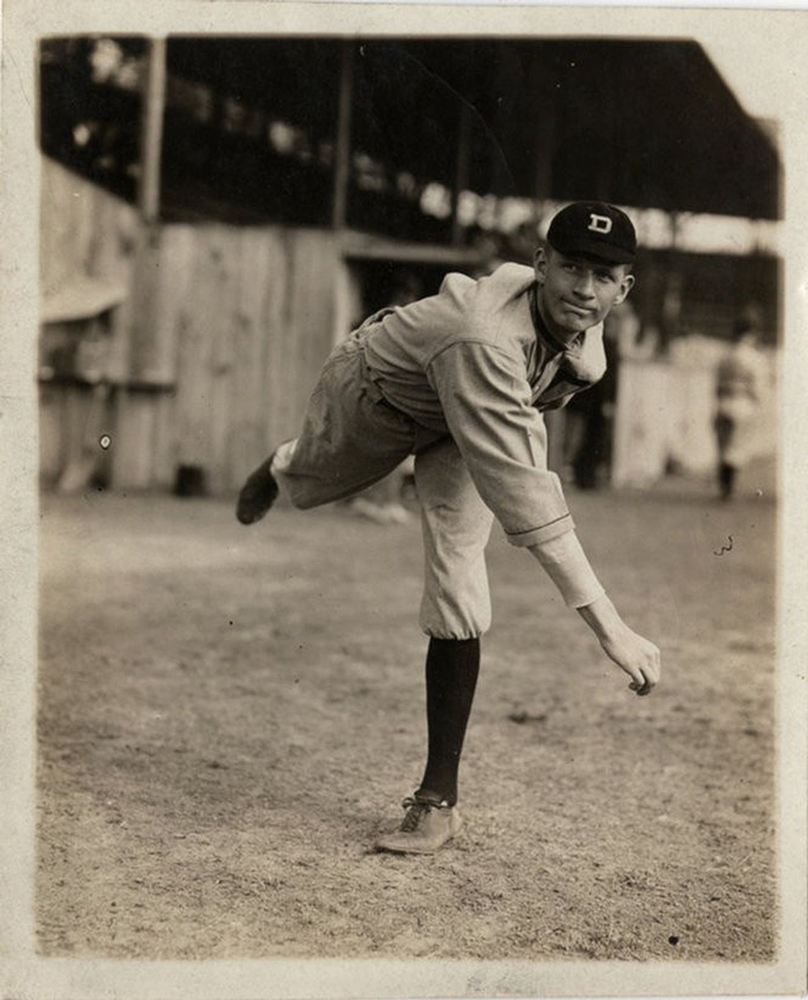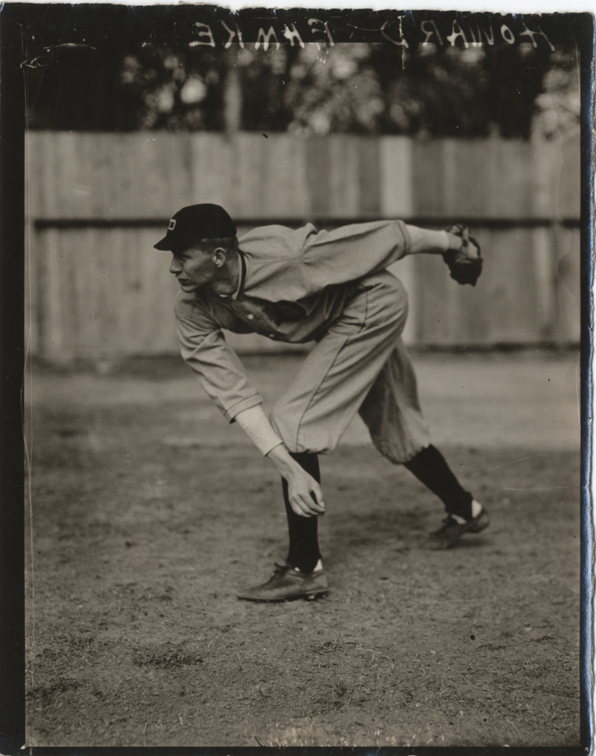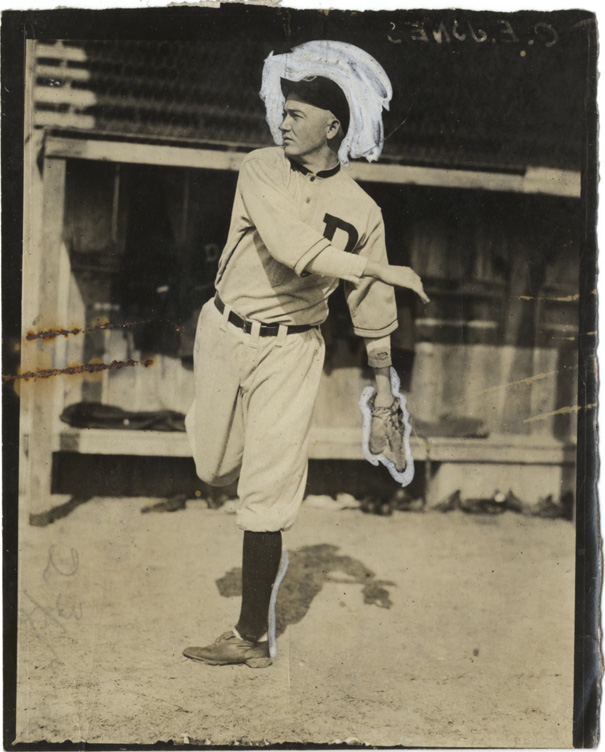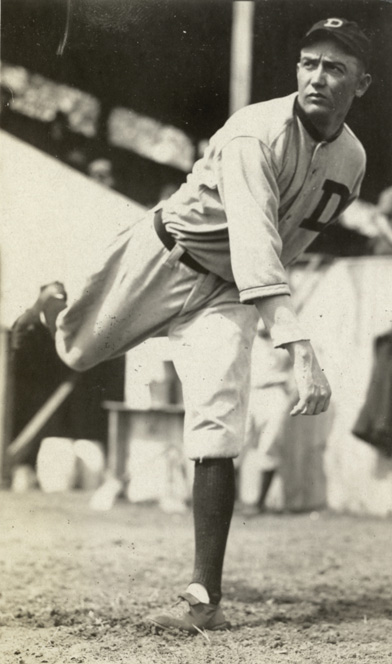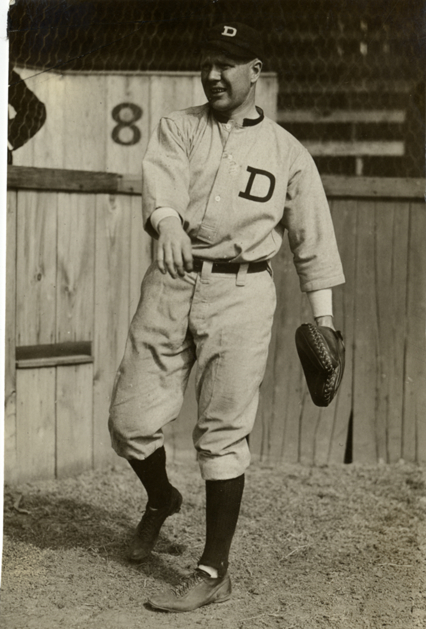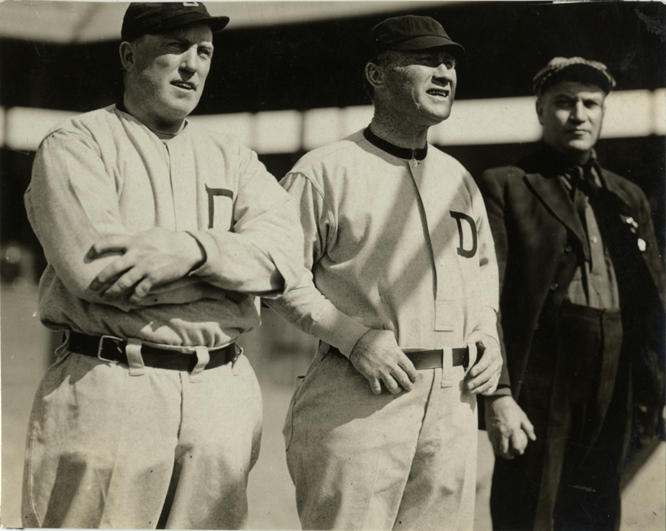A century ago, Major League baseball flourished in Waxahachie in the springtime. The Detroit Tigers, featuring the legendary Ty Cobb, trained here from 1916 through 1918. The following year, the Cincinnati Reds encamped here before embarking on their 1919 campaign that culminated with a World Series championship over the Chicago White Sox in the infamous “Black Sox” scandal where members of the White Sox took bribes from gamblers to throw the series. Ironically, after a year off from hosting spring training, in 1921 Waxahachie switched from hosting the victorious Reds to the vanquished “Black Sox” from Chicago. That six-year stretch was a memorable period for our community and the principle sites used by the visiting teams are still iconic structures in our community.
Texas was the site of Major League Spring Training for many teams from 1903-1941. The peak years were 1904 through 1922, after which San Antonio was the only Texas city regularly used. The relatively warm weather in March and the ready availability of rail travel were enticing to teams from colder climates in the first two decades of the twentieth century. From the 1920s on the development boom in Florida lured Major League teams, still mainly East Coast based, to the sunnier climate which could be reached even easier than Texas.
Intrepid Waxahachie community leaders astutely took advantage of the surge of interest in Texas Spring Training sites by Major League teams in the 1910s. Waxahachie’s flirtation with the big leagues began in earnest in August of 1915 when the local Waxahachie Commercial Club, predecessor to the present Chamber of Commerce, reached out with a lucrative offer to the Detroit Tigers ownership about the possibility of hosting the team for Spring Training. The Tigers were intrigued by Texas and had offers from several communities. That offseason they dispatched their manager, Hall of Famer Hughie Jennings, and their groundskeeper to Texas to tour the vying towns in North Central Texas. They were duly impressed with Waxahachie which was ultimately the Tigers’ choice for several reasons aside from just the warm weather and expansive transit network.
Foremost was the luxurious Rogers Hotel, which had been completed several years prior in 1912 and was an ideal base for the team. It was a much nicer, and modern, hotel than most communities of Waxahachie’s size could boast of. The Rogers is located next to a natural hot spring that was much used in that time. In January of 1916, to help entice the Tigers, an indoor 20 ft. square three to five-foot-deep pool was installed in the hotel basement with water pumped in from the adjacent hot spring. The basement also was modified to include a locker room with 33 lockers and billiard tables for the players. As shown on the period postcard below, there was even a rooftop garden available for the player’s relaxation.

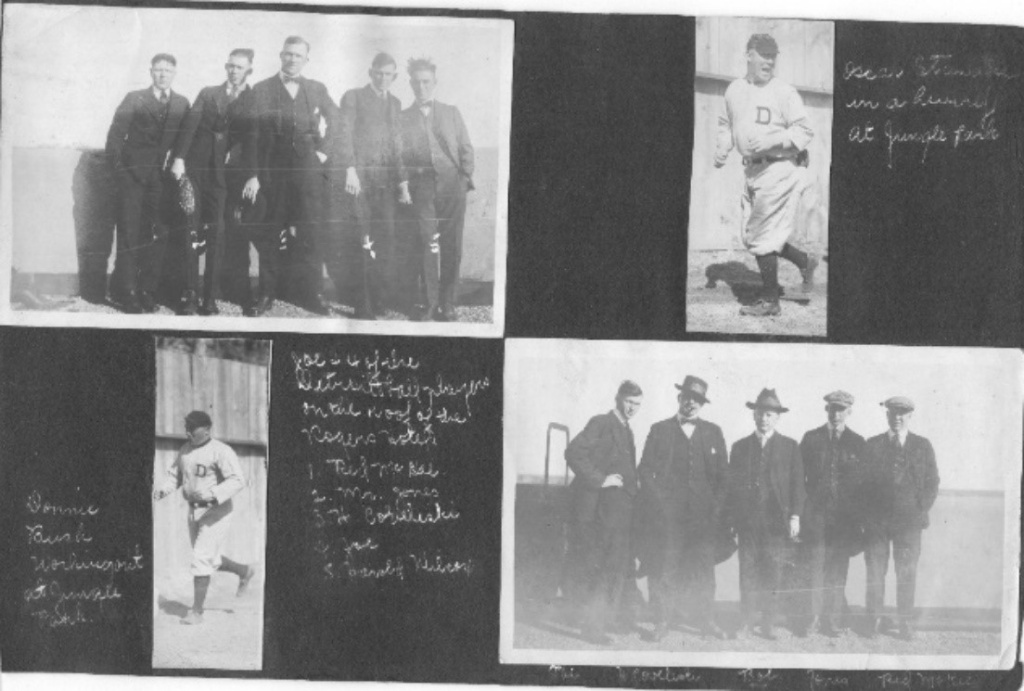
A new ballpark for the Tigers to train in was also a key factor in their decision to come to Waxahachie. The Waxahachie Commercial Club agreed to construct at a cost of $7,000 a stadium on vacant land across from the city cemetery for the Tigers use. The players could walk the ¾ of a mile trip to the stadium alongside the railroad tracks. The stadium was christened “Jungle Park” in honor of the new occupants, the “Tigers”. A covered grandstand was hastily constructed, and the entire field enclosed within a wooden fence. The current version of the stadium is still located at this site and is presently known as Richards Park, named after Waxahachie native and big league player and manager Paul Richards, the home of the Waxahachie Indians High School baseball team.
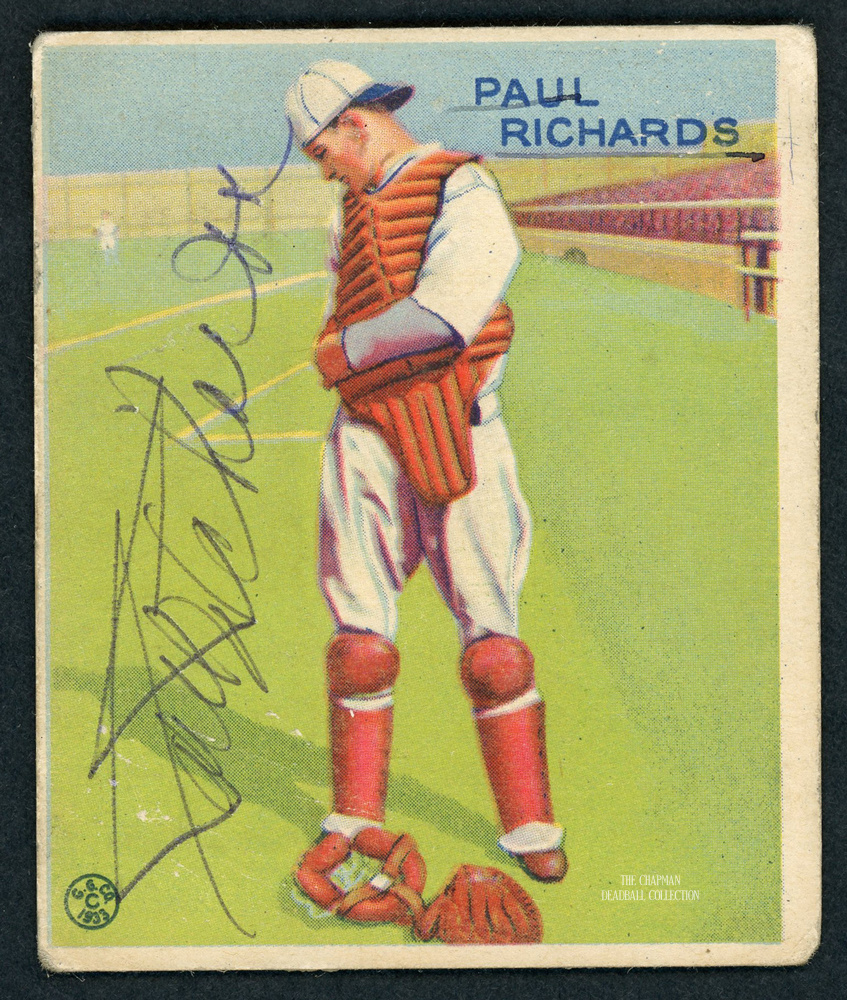
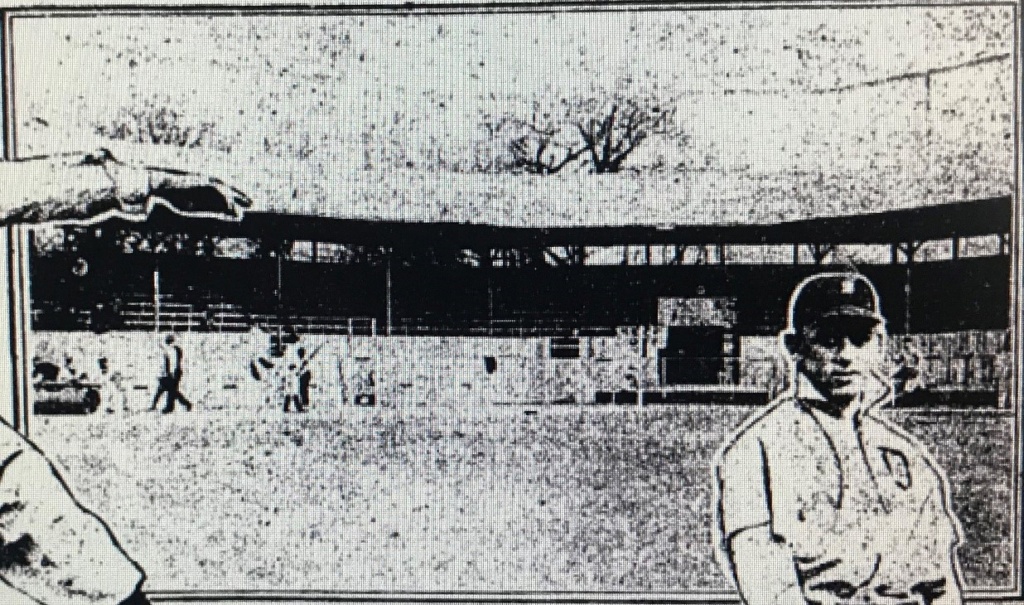
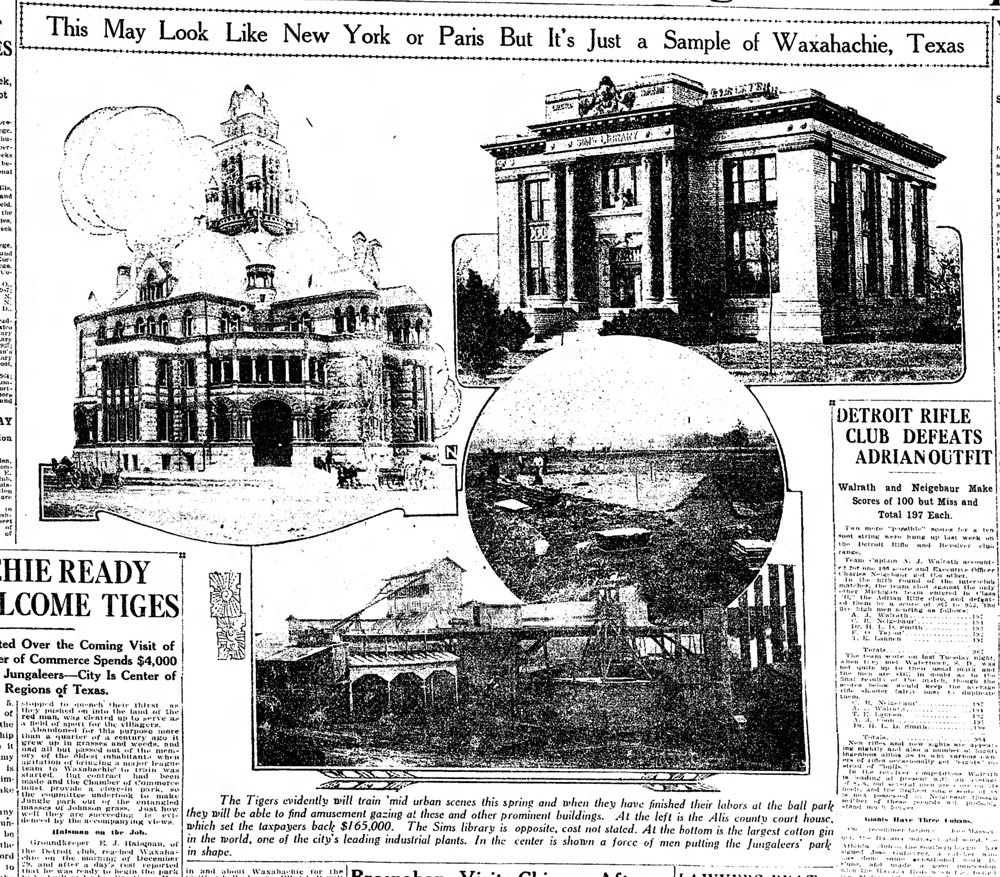
As attractive a lure as the new ballpark and the new luxury hotel were, with all the physical comforts a player in training could want, there was another major benefit of Waxahachie as far as the team, if not the players, was concerned. Waxahachie and its surroundings were “dry”, so alcohol would not be a temptation for the players. Combine all these factors with the easy rail access to nearby training sites for other major league teams in Marlin Springs (New York Giants), Palestine (St. Louis Browns) and Mineral Wells (Chicago White Sox) and the attractiveness of Waxahachie becomes evident.
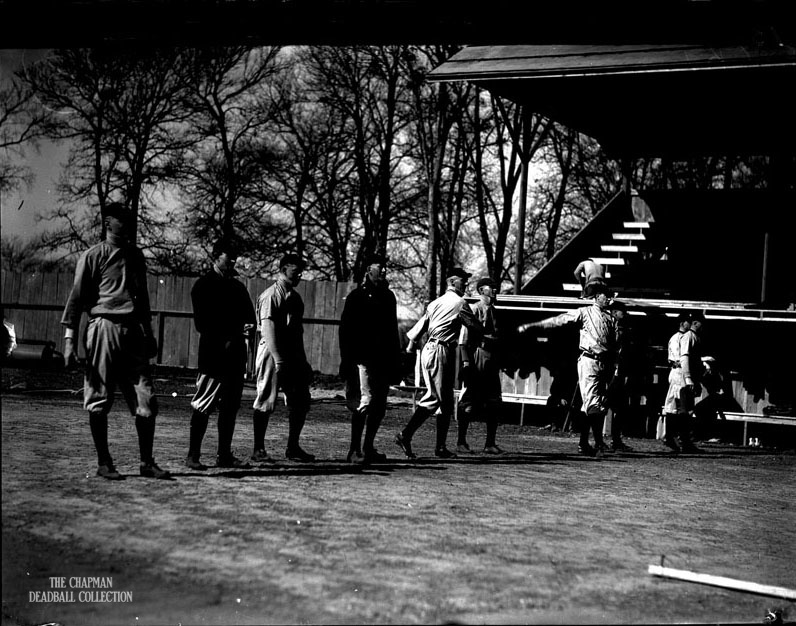
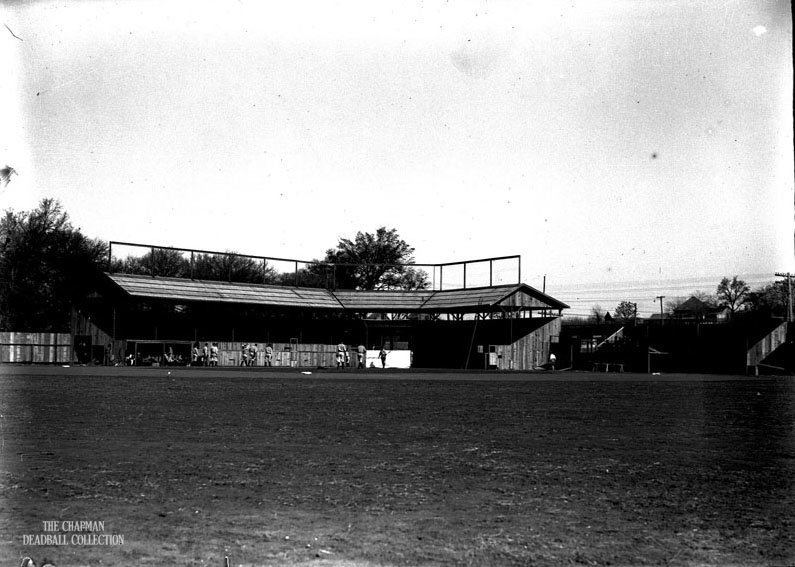
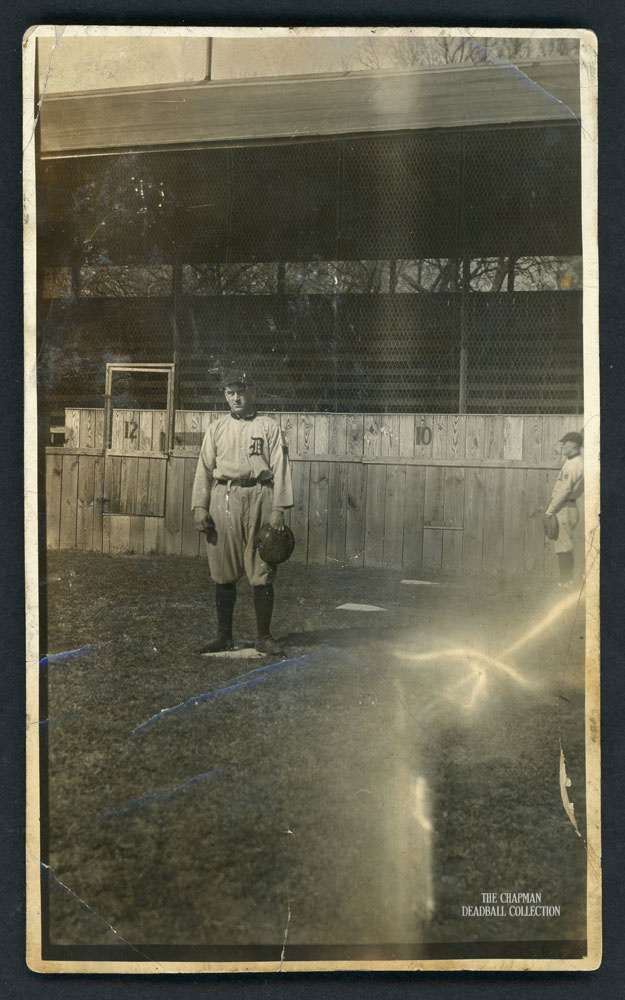
Waxahachie was enamored with the visiting major leaguers. The players were feted with parties and banquets. Overflow crowds watched workouts and games against visiting teams such as the New York Giants. Many famous Hall of Fame players came to Waxahachie during those years. The 1916-1918 Tigers teams that trained in Waxahachie were loaded with future Hall of Famers Ty Cobb, Sam Crawford, Harry Heilmann and Hughie Jennings. The 1919 Reds had Hall of Famer Edd Roush and the 1921 White Sox team which was also loaded with Hall of Famers; Eddie Collins, Harry Hooper, Ray Schalk and Red Faber. Hall of Famers for other teams who passed through Waxahachie during those years were Tris Speaker, Rogers Hornsby and Christy Mathewson.
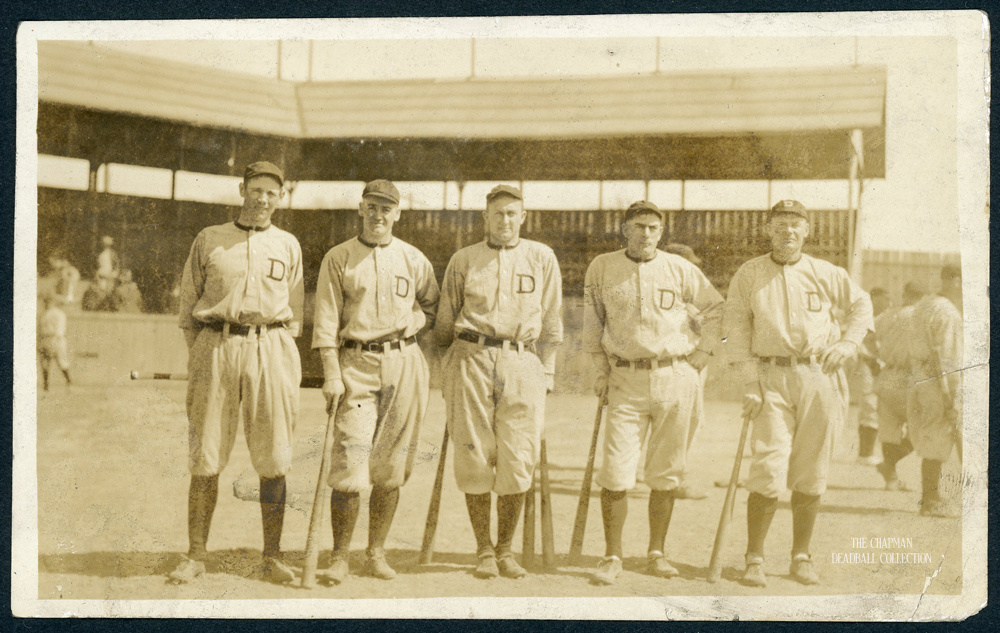
Sam Crawford (HOF) in front of the grandstand at Jungle Park, Waxahachie 1917.
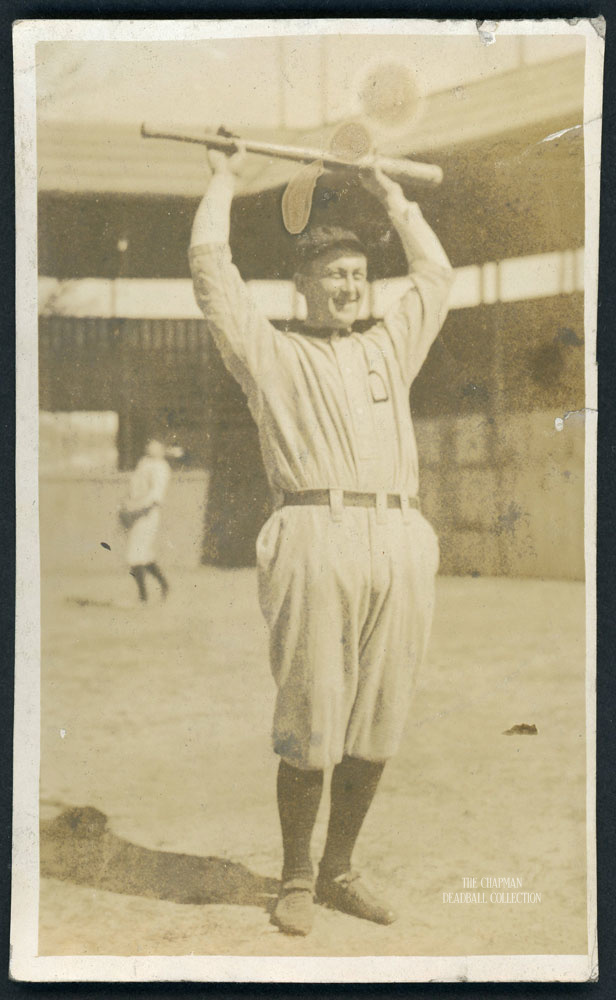
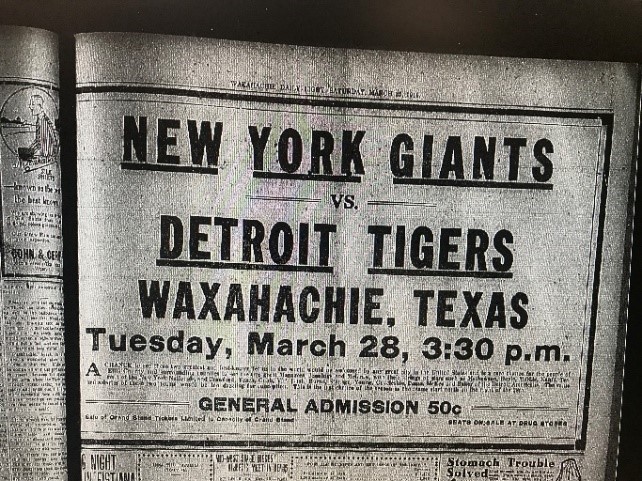
After the 1918 season, the Tigers opted to move to Macon, Georgia for Spring Training in 1919 as flooding had heavily damaged the wooden Jungle Park in 1918. After being spurned by the Tigers, local leaders quickly put the ballpark back in shape and enticed the Cincinnati Reds to switch to Waxahachie as their Spring Training site for 1919. The Reds won the World Series that year and no doubt their time training in Waxahachie played a role in that triumph. The Reds opted for Miami, Florida the following year over Waxahachie, and the Texas papers suggested it was a move made for a big pile of money and a locale where even with the oncoming of Prohibition booze and fast living thrived. The Reds switched late enough that Waxahachie was not able to attract the Chicago White Sox in 1920. The White Sox however did train in Waxahachie for the 1921 season. The photo below shows the trifecta of a Hall of Fame player at Jungle Park with the Ellis County Courthouse visible in the distance just to the side of his left arm.
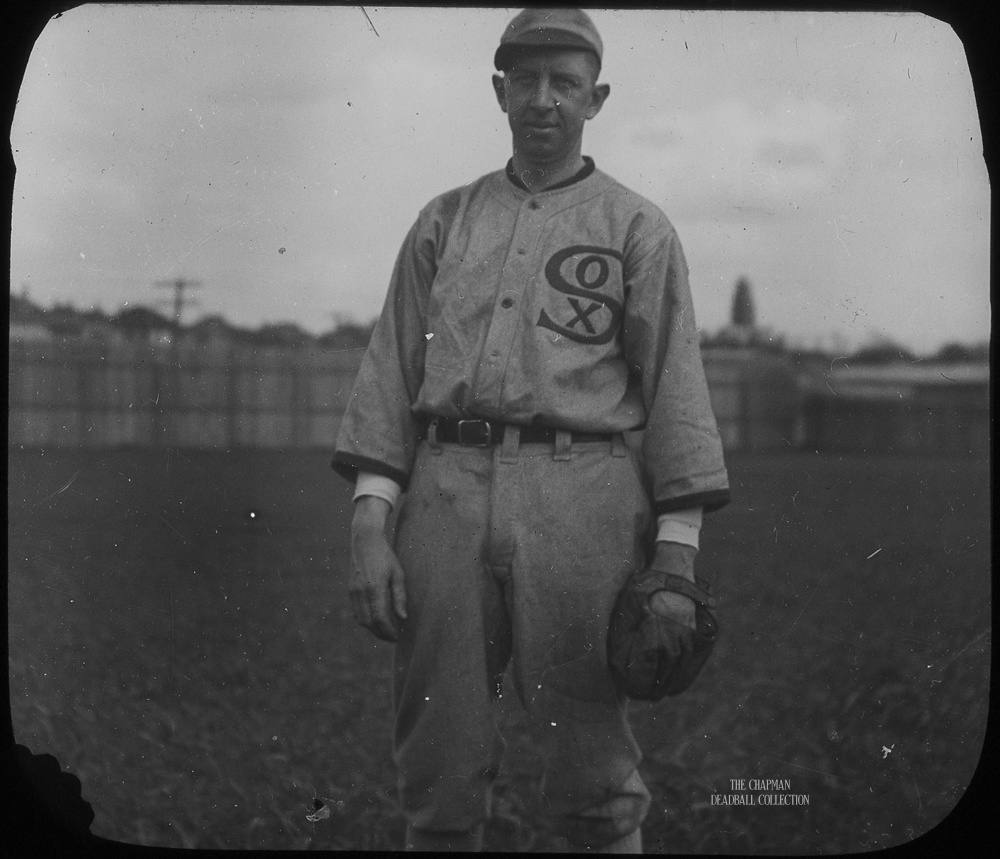

By 1922, the wooden Jungle Park was falling into disrepair once again and the White Sox opted to move to Seguin for Spring Training. While minor league teams such as the Kansas City Blue trained in Waxahachie in the 1920s the big-league squads were never to return.
For a brief, but glorious while one hundred years ago, Waxahachie was a hotbed of major league baseball. It was quite an accomplishment for a city our size to host Spring Training teams. The memory of the baseball stars that passed through may be feint with the passage of time, but the structures that accommodated them are still part of our daily lives. When you visit the new Rangers ballpark this year, remember there was a time a little more than a century ago when the newest big-league park was in Waxahachie, Texas.
The following recently discovered images also depict the Detroit Tigers at Jungle Park.
